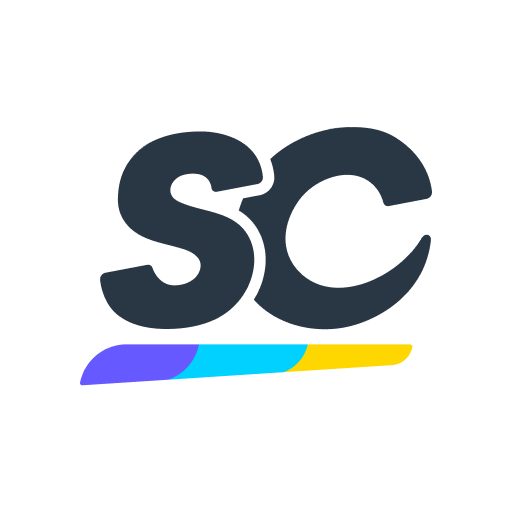Information
-
Client / Site
-
Conducted on
-
Prepared by
-
Location
-
Personnel
1. PEST CONTROL PROGRAMME (GENERAL)
-
The site must have an effective pest control programme covering the whole site
-
A trained company employee must be accountable for managing the pest control programme
-
Product must not be at risk from pest activity
-
The procedures used for pest control
-
A detailed plan indicating positions and type of all baits and monitoring equipment (internal and external), must be available on site.
2. PEST CONTROL CONTRACTOR
-
The Pest control provider (PCP) may be a specialist company or a trained employee
-
The pests covered within the scope
-
Name of service applicator
-
The license of service applicator and its validity
-
PCP's visits must be conducted to the agreed schedule
-
Material safety data sheets must be included for all chemicals used
3. PEST SERVICE (ON SITE)
-
All points must be appropriately sited - baits must be secured to walls or floors to prevent removal
-
Bait units must be robust and tamper proof (to prevent removal of bait other than by PCP or pest activity)
-
Loose / granular toxic baits must not be used in production or storage areas (eg poison grain). Gels or blocks must be used.
-
Toxic baits must not be used in open food processing, storage and associated areas
-
The position of Electronic Fly Killer (EFK)/ Light Traps units must not pose a contamination risk to product
-
The EFK which electrifies the insect must not be positioned over lines, and must not be positioned where the insects may be blown out by air movement
-
Bulbs in EFK units must be protected and changed (minimum annually)
-
All units are well functioned with attached service sticker
-
Activities to control birds (eg use of bird scarers, spotlight, netting etc) as to not put the product at any risk of contamination
-
Stored product insects - after deep cleaning and insecticide application where deemed essential
4. SERVICE RECORD / VISIT REPORT
-
During each visit activity/action reports must be completed by the applicator, including documentation of chemicals used, work completed, observations of activity and recommendations
-
Date of last inspection service. Request for the previous report ( at least 2 months of service reports)
-
Spraying activity ( cockroaches, ants...etc)
-
Spraying chemicals used and MSDS
-
Trend analysis of pest control data must be evident: 1.The frequency:<br>2. Who to prepare:<br>3. Sample of trend analysis (two dates) :
-
There must be a full programme of follow up visits to ensure complete eradication of the issue ( any suggestion/recommendation by PCP for improvement?)
-
Is internal monitoring being conducted by a company employee? 1. The frequency:<br>2. Who :<br>3. Records (latest):<br>4. Internal focus. Bait station/ fly trap? Or both?
-
Pest treatment for transportation ( truck, lorry...etc) 1. The frequency:
5. TRAINING
-
Chemical training to ensure competency (for staff handling chemicals) 1. Training date:
-
Training of company employees can be by the service provider or other qualified experts
-
Copies of the training certificates/attendance must be available









